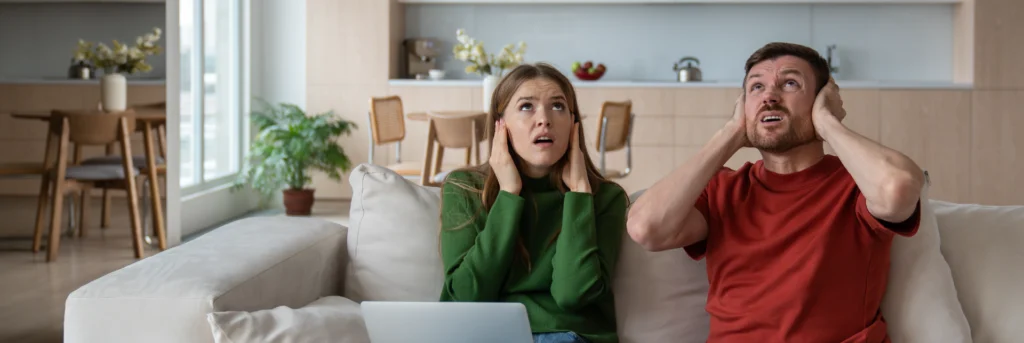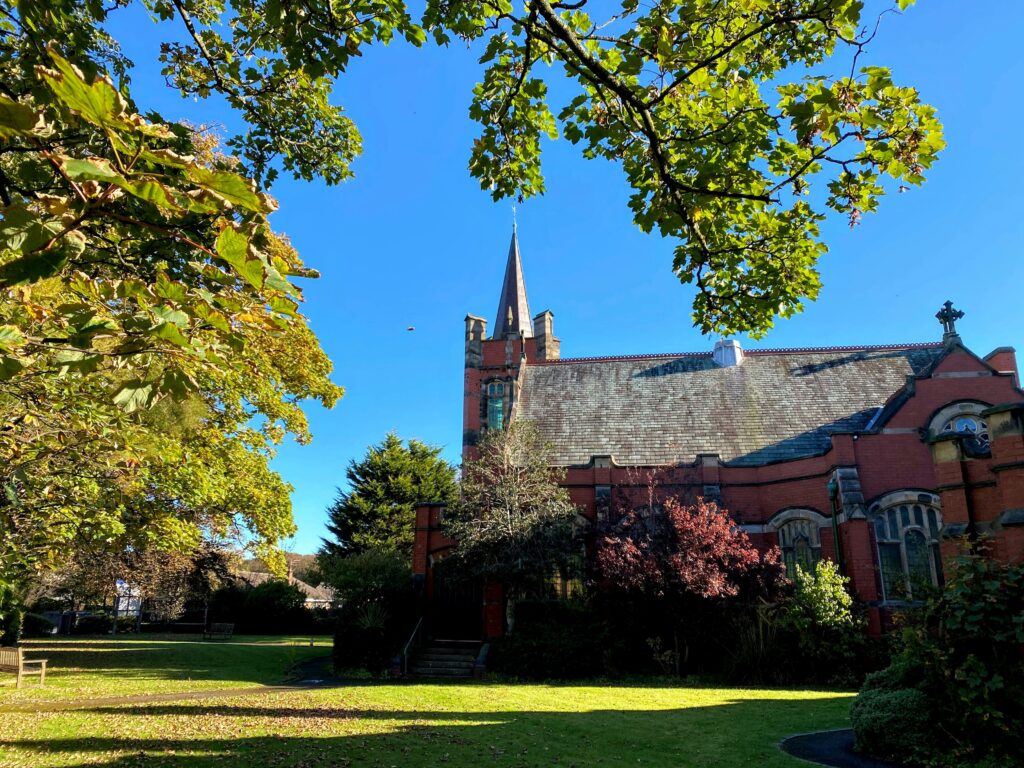
What Makes a House Unmortgageable?
Selling your house, in an ideal world, is a smooth, fast process without a single bump in the road. In reality, however, it’s often fraught with delays, complications and stress. One of the biggest reasons for this is that a buyer cannot secure a mortgage for a property.
What makes a house unmortgageable?
- Structural issues
- Built with non-standard construction
- Presence of Japanese Knotweed
- Cases of wet rot or dry rot
- A short lease
- Non-habitable
- Damp
- Not registered with the Land Registry
- Planning problems
- Restrictive covenants
- Part commercial properties
- Low-value (less than £50,000)
- Asbestos
- A defective lease
These are just some of the many reasons a buyer may be refused a mortgage by lenders. In this blog, we look at why these issues make it difficult to sell a property and provide an optimal solution for selling a property where the house sale fell through, perhaps more than once.
What makes a property unmortgageable?
From the list above, there are a number of reasons why it can become difficult for a buyer to secure a mortgage on a property. For some buyers, the inability to secure a mortgage is due to failing to meet the lender’s criteria, but often, there are issues with the property itself that make the lender reluctant to provide a mortgage.
Structural issues
If there are structural issues with the property, such as subsidence, a lender will be extremely hesitant to offer a mortgage. The risk for them to lend is simply too great. Even if rectified, subsidence and similar issues must be disclosed to potential buyers, who then should approach a lender with this information. Occasionally, though, evidence of subsidence may not be noticed until the survey, at which point the likelihood of a mortgage in principle becoming a mortgage offer is remote at best.
Non-standard construction
Most properties are constructed with bricks and mortar; however, some were built as quick-fix solutions to accommodate fast-rising populations and regeneration projects. Properties constructed with Boot Pier & Panel, Airie and Pre-Reinforced Concrete methods and systems (among others) are classed as those of non-standard construction, and therefore are unmortgageable. Some lenders may be open to providing a mortgage for Pre-Reinforced Concrete properties, but they may ask for a PRC certificate before considering a loan. Additionally, buyers may find that insurance is hard to come by.
Japanese knotweed
Japanese knotweed is a potent invasive weed that requires professional treatment and disposal. Its fast growth and impressive strength mean it can destabilise properties and lead to significant structural damage. Depending on the severity of the invasion, it may take as long as 5 years to kill off the weed. Lenders may expect insurance-backed guarantees and require proof of safe, compliant removal, a COSHH assessment and more before offering a mortgage.
Japanese knotweed isn’t the only garden greenery to be wary of. If your garden has giant hogweed, Himalayan balsam or even ivy present, lenders may be dubious. Large trees may also prove troublesome, as concerns over roots spreading into foundations can arise.
Wet rot and dry rot
Both wet rot and dry rot could make it hard for a lender to feel comfortable offering a mortgage to those wanting to buy your home. Both can have a significant impact on the structure of your property, potentially deeming it unsafe. Dry rot is found on internal damp timber and, over time, gets into brickwork, plaster and stone. You’ll know if your home struggles with it as a grey-coloured fluff will typically appear on the timber. As it spreads, you’ll notice reddish sponge effects, which eventually render the timber irreparable.
Wet rot, on the other hand, occurs when timbers are exposed to external moisture; it spreads similarly to dry rot but often exhibits as a brown or black fungus. There can be quick fixes to this problem, such as repairing leaks and reducing moisture levels if discovered early enough. If wet rot is only discovered during the survey, it’s likely your buyers won’t be getting their mortgage.
Short lease
Lease renewal is expensive, but it can be the difference between a sale and your house losing significant value. Lenders will not provide a mortgage to buyers for a home with 80 years or fewer remaining on the lease. This is because the costs of extending a lease increase as the lease period gets shorter.
Non-habitable
Commonly, this means a lack of a bathroom or kitchen, but it can extend to much more than that. If your home has fallen into a state of disrepair – perhaps there are signs of rising damp, damaged floorboards, or significant roof damage – it may prove impossible to sell. The amount of work required, safety risks, and the potential for permanent damage could mean lenders aren’t confident in providing a mortgage to buyers.
Damp
Damp is a common issue within a property, and if left untreated, it could lead to more serious problems that make it impossible for buyers to secure a mortgage. If your property is struggling with damp, it’ll be rising damp or penetrating damp (or potentially both).
Rising damp occurs when groundwater moves up through the foundations and brickwork. You’ll notice damage to paintwork, walls, skirting boards and flooring.
Penetrating damp arises when water leaks internally through the brickwork, and is often caused by a poorly maintained gutter or inadequate brickwork.
Unregistered
If you purchased the property and didn’t register it or obtain the title deeds, a lender will not be ready to offer a mortgage to any buyers. They want to see proof of ownership, and if it doesn’t exist, they won’t feel confident in lending against a property where they can’t determine who actually owns it.
Planning problems
If you have had modifications to your house that were not applied for, no planning permission was received, or building regulation approval was not sought where necessary, lenders will almost certainly hold back on offering a mortgage to any buyers. Planning issues don’t only apply to extensions: work such as replacement doors, windows and boilers all require specific certification, and if those certificates don’t exist, a lender may deem the property too risky.
Restrictive covenants
Some, but not all, restrictive covenants can make it difficult for a buyer to secure a mortgage. If the title contains terms that stipulate the property is restricted from being used in specific ways, a mortgage may not be possible. Some properties, for example, may have clauses that only allow agricultural workers to occupy them or that only allow those over 50 to live in them. This can be a grey area, and covenants can be complex, so you should ask your solicitor to check the exact terms of any covenants before attempting to sell the property.
Part commercial properties
If you live in a property that is above or next to a shop, or part of it has been used as a shop or office, the regular residential mortgage won’t typically be available, and when it is, lenders often request higher deposits from buyers. This could narrow down the number of buyers interested in your property.
Low-value properties
If your property is valued at £50,000 or under, those hoping to snap up a bargain may find themselves disappointed. Many lenders have minimum lending requirements, and the amount requested for these properties doesn’t match them. Furthermore, properties currently valued that low may be too risky for lenders to consider.
Asbestos
Asbestos is no longer used in the construction of homes, but many properties remain in use that still have it. With its potential health risks and high costs of removal, many lenders steer clear of properties with asbestos, unless proof of a safe and compliant asbestos removal can be supplied.
Defective lease
As mentioned earlier, short leases can be an issue. However, if a lease is missing specific information, contains ambiguous information on the freehold or does not provide evidence of excessive noise, crime or anti-social behaviour, it could be deemed defective. A lender will find these concerning and could refuse to lend to buyers.
Can you still sell an unmortgageable house?
Yes, you can – if you’ve spent considerable time trying to sell via the traditional market, only to find it impossible, we have a solution. Selling to a cash house buyer like Sell House Fast enables you to sell your house for free, within a timeframe that suits you. With no mortgage required, we simply make you an offer, and if you accept, we set the wheels in motion to buy your house. The process is completed rapidly, and because we buy any house, you don’t have to worry about its location, condition or type. Contact us now to get your no-obligation cash offer.


